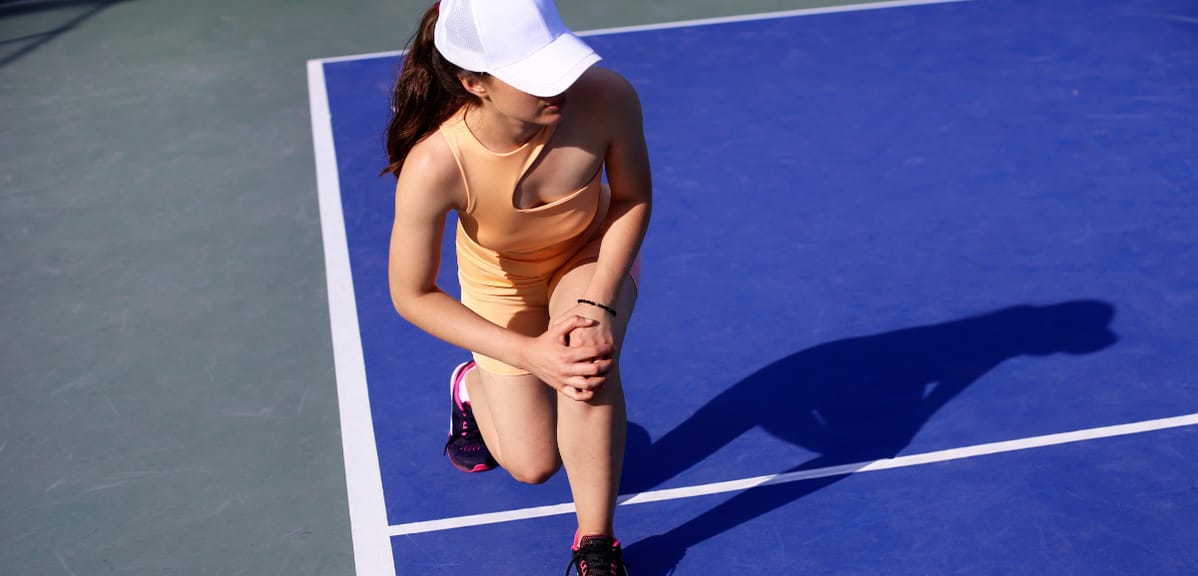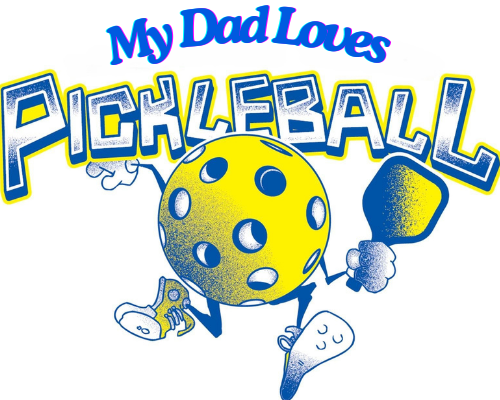
Boosting Performance: The Importance of Stretching in Pickleball
- Regular stretching enhances flexibility and mobility for pickleball players.
- Dynamic stretches are best before gameplay, while static stretches are ideal for post-game recovery.
- Incorporating a variety of stretches helps prevent injuries and improves overall performance.
Stretching is a vital component of any sports routine, especially for pickleball players. Whether you're just starting out or you're a seasoned pro, understanding the best stretches can significantly improve your gameplay and keep injuries at bay. This article will explore essential stretches tailored for pickleball, offering insights into their benefits and how to perform them correctly.
Why Stretching is Vital for Pickleball Players
Stretching is often overlooked, yet it's crucial for the physical demands of pickleball. Here are a few reasons why:
- Increased Flexibility: Flexibility enhances your range of motion, allowing for more powerful shots and better court coverage.
- Injury Prevention: Stretching prepares your muscles and joints for the high-intensity actions involved in pickleball, reducing the risk of injuries.
- Improved Recovery: After a match, stretching helps to alleviate muscle tension and promotes faster recovery.
Types of Stretches
There are two primary types of stretches to incorporate into your routine—dynamic stretches and static stretches.
Dynamic Stretches
Dynamic stretches are often performed before gameplay. They help warm up the muscles and prepare the body for physical activity. Here are some effective dynamic stretches for pickleball:
| Stretch | Description |
|---|---|
| Arm Circles | Stand with feet shoulder-width apart. Extend your arms out to the side and make small circles, gradually increasing the size. |
| Leg Swings | Hold onto a wall or post for balance. Swing one leg forward and back, then switch legs. |
| Torso Twists | Stand with feet shoulder-width apart and twist your torso from side to side, allowing your arms to follow the twist. |
| High Knees | Jog in place while bringing your knees up towards your chest, alternating legs. |
Static Stretches
Static stretches are best performed after the game when your muscles are warm. These help to relax the muscles and improve flexibility. Consider these static stretches:
| Stretch | Description |
|---|---|
| Quadriceps Stretch | Stand on one leg, pull the other foot toward your glutes, and hold for 20-30 seconds. Switch legs. |
| Hamstring Stretch | Sit on the ground with one leg extended. Reach for your toes and hold for 20-30 seconds. Switch legs. |
| Shoulder Stretch | Bring one arm across your body and use the other arm to hold it in place. Hold for 20-30 seconds. Switch arms. |
| Calf Stretch | Stand facing a wall. Place one foot behind the other and lean forward, keeping the back leg straight. Hold for 20-30 seconds. Switch legs. |
Creating a Stretching Routine
To maximize the benefits of stretching, it's essential to create a routine that includes both dynamic and static stretches. Here’s a simple guideline:
- Begin with 5-10 minutes of dynamic stretches to warm up your muscles before play.
- Play your game of pickleball, giving it your all.
- Conclude with 5-10 minutes of static stretches to help relax your muscles.
Common Stretching Mistakes
Many players make these common mistakes while stretching:
- Skipping Warm-Up: Always warm up before stretching, even if you’re in a hurry.
- Forcing a Stretch: Stretch to the point of tension, not pain. Overstretching can lead to injuries.
- Holding Your Breath: Remember to breathe deeply and regularly during your stretches.
Tips for Effective Stretching
- Warm up your muscles with light activity before stretching.
- Hold each stretch for at least 20-30 seconds for effectiveness.
- Incorporate a variety of stretches to cover all major muscle groups.
- Stay consistent and make stretching a regular part of your routine.
Conclusion
In conclusion, stretching is an indispensable practice for anyone looking to enhance their pickleball performance. By incorporating both dynamic and static stretches into your routine, you not only improve your flexibility and mobility but also reduce the risk of injuries. Remember, a well-stretched player is a happy player!
Pros
- Increased flexibility leads to better performance.
- Reduced risk of injuries during gameplay.
- Enhanced muscle recovery after matches.
Cons
- Might require a time commitment to incorporate into routine.
- Improper technique can lead to injuries.
For more tips on how to improve your game, check out our other articles in the Tips & Tactics section. Explore how essential gear like paddles and shoes can also impact your performance on the court.


